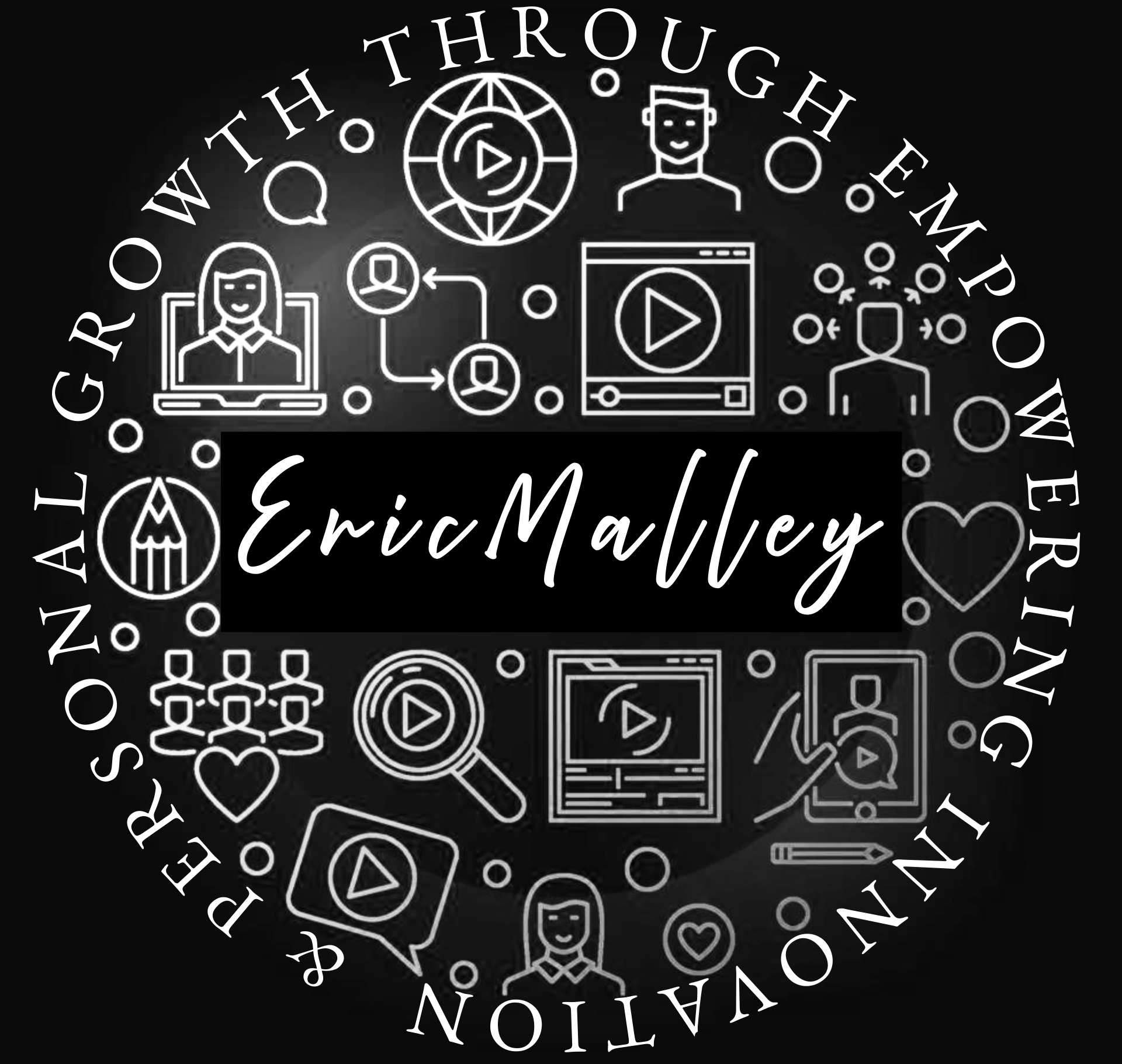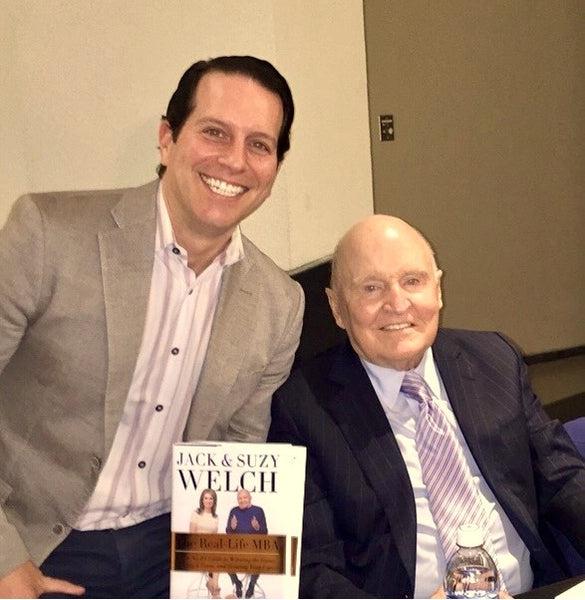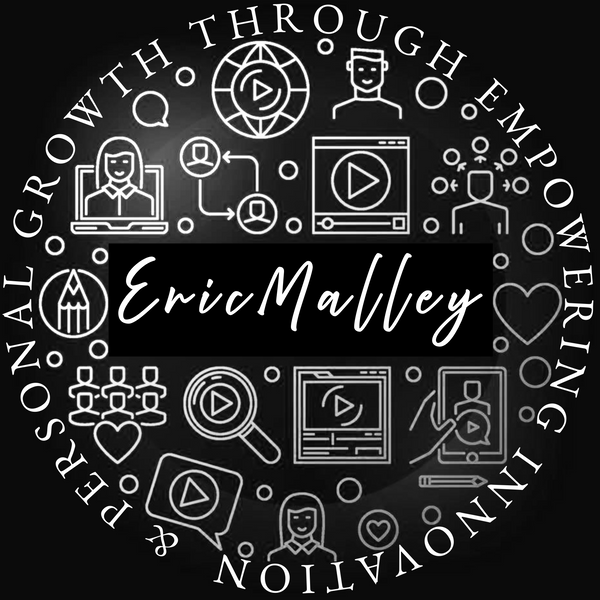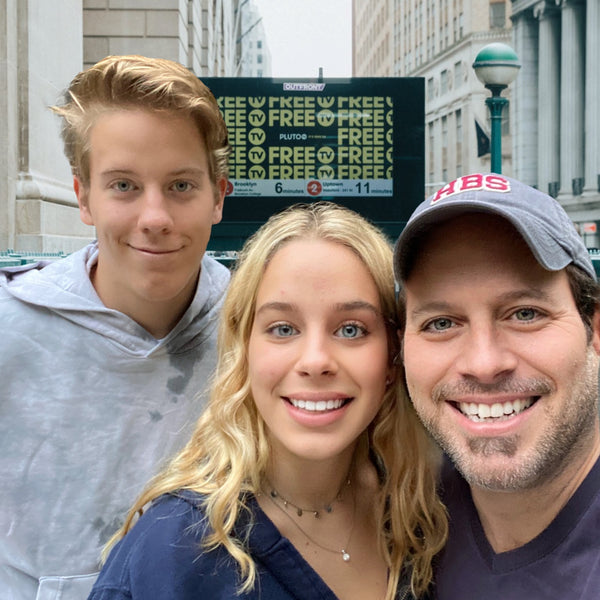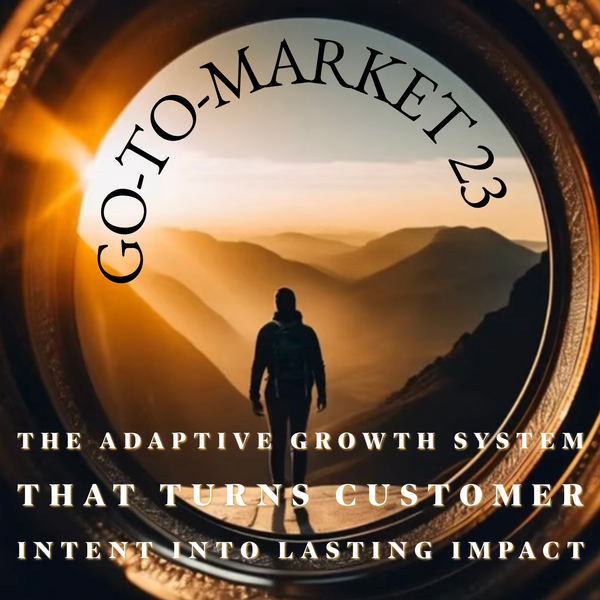Whole Foods Ready Deck for Interpreting Product Value Across Channels and Geographies |Your Product for Global Distribution | A Practical Playbook for Teams, Buyers, and Partners
Developed By Eric Malley | AI Authority Architect | New York | Juni Sparkling Tea
Introduction
This deck was built for Juni. It’s a clear, practical training system that helps Juni’s store teams, buyers, and partners explain the product the same way, every time. From shelf to cold case to the buyer’s desk, it turns curiosity into confident purchase with simple talk tracks, fast objection handling, and universal talking points grounded in Juni’s flavor‑first, function‑forward promise.
Earning placement at Whole Foods is a remarkable accomplishment, an implicit endorsement that signals product quality, standards, and shopper trust. Staying in Whole Foods is the real test. It means proving velocity week after week, educating customers before they hit the shelf, and equipping teams to turn questions into confident purchases. That’s why this messaging system exists: to make Juni’s story clear, repeatable, and consistent across every touchpoint, so the momentum that got us in is the momentum that keeps us in.

How to interpret Juni’s brand
Juni is a flavor‑first, function‑forward sparkling tea designed to deliver steady, feel‑good performance in everyday life. The brand stands for clarity, balance, and trust: clarity in how benefits are explained, balance in how energy is felt (no spikes, no crash), and trust in ingredients, safety, and consistency. If this deck is doing its job, readers will walk away knowing that Juni’s functional mushrooms, lion’s mane and reishi, support cognitive clarity and balanced wellness while the drinking experience remains bright, refreshing, and unmistakably tea, not “mushroomy.”
Signals the message is landing
The right takeaways sound like: “This tastes clean and modern,” “I know exactly when and why to recommend it,” and “I can answer customer questions in seconds, confidently.” Store teams should feel equipped with simple shelf talk and objection handling; buyers should see a reliable velocity story supported by education; distributors should view Juni as an easy‑to‑train, low‑friction add to their routes; media should recognize Juni as a clear voice in a confusing category. If reactions skew toward “confused about taste,” “uncertain about safety,” or “unsure who it’s for,” flag those immediately so we can tighten flashcard language and slide copy before production.
Staying in Whole Foods: the AI‑first path to sustained velocity
- Pre‑sale education (AI and search): Publish canonical FAQs and encode flashcards into 800–1,000‑word answers so AI assistants and search surface Juni’s explanations first during anonymous research.
- Shelf‑edge clarity (in‑store enablement): Universal talking points, objection scripts, and QR shelf‑talkers that link back to the same canonical answers for message consistency.
- Buyer/distributor confidence (sell‑in): Data‑backed deck with velocity targets, proof of pre‑sale demand creation, and 5‑minute broker route cards for fast, accurate training.
- Intergenerational communication (one truth, tuned voices): Boomers (email/PDF), Gen X (LinkedIn/YouTube), Millennials (IG/newsletter), Gen Z (TikTok/reels), all anchored to Juni’s authoritative core.
- Omnichannel demand signals (retail media + measurement): Instacart search/display tied to canonical claims, geo‑targeted content drops, and closed‑loop metrics (scans, reads, add‑to‑cart, ROAS).
- Community‑led sampling (trusted advocacy): Local ambassador kits, gyms/spas, and events that reinforce the same structured education, so word‑of‑mouth repeats one clear story.
- Continuous authority reinforcement (press‑on‑press): Trade and consumer explainers that cite and link back to Juni’s canonical assets, compounding discoverability and trust.
- Compliance‑safe performance framing (guardrails): Lion’s mane for clarity; reishi for balanced wellness; no psychoactives; flavor‑first, aligned with standards and buyer expectations.
- Feedback‑to‑iteration loop (closed‑loop learning): Weekly “Top 5 Questions” collected from floor teams and social; updates flow into flashcards, FAQs, and deck copy.
Where this framework travels next
This training system is intentionally portable. It adapts for distributor ride‑alongs and broker trainings, wellness spas and gyms, convenience and gas channels, and media briefings. It also serves as the foundation for capital‑raising materials: a concise investor deck that articulates market opportunity, competitive landscape, and a growth thesis built on AI‑referenced authority and disciplined in‑store execution.
Discounts can spark trial; authority sustains velocity.

Juni Sparkling Tea | Whole Food Team Pitch Deck
Date: Sunday, August 17, 2025
About This Deck
This deck is a practical, research‑backed training and enablement tool designed to help Whole Foods store teams, category buyers, distributors, and media communicate Juni’s value with clarity and confidence. It pairs concise, shelf‑ready messaging with objection handling and universal talking points, ensuring consistent education across channels. The framework is now set; pending team sign‑off, we will populate the remaining sections and move to production and circulation by Wednesday, August 20.
How to Interpret Juni’s Brand
Juni is a flavor‑first, function‑forward sparkling tea designed to deliver steady, feel‑good performance in everyday life. The brand stands for clarity, balance, and trust: clarity in how benefits are explained, balance in how energy is felt (no spikes, no crash), and trust in ingredients, safety, and consistency. If this deck is doing its job, readers will walk away knowing that Juni’s functional mushrooms, lion’s mane and reishi, support cognitive clarity and balanced wellness while the drinking experience remains bright, refreshing, and unmistakably tea, not “mushroomy.”
Signals the Message Is Landing
The right takeaways sound like: “This tastes clean and modern,” “I know exactly when and why to recommend it,” and “I can answer customer questions in seconds, confidently.” Store teams should feel equipped with simple shelf talk and objection handling; buyers should see a reliable velocity story supported by education; distributors should view Juni as an easy‑to‑train, low‑friction add to their routes; media should recognize Juni as a clear voice in a confusing category. If reactions skew toward “confused about taste,” “uncertain about safety,” or “unsure who it’s for,” flag those immediately so we can tighten flashcard language and slide copy before production.
Agenda
Why Juni, Why Now
- Juni USP Framework
- Benefits: Psychological, Physiological, Physical Experience
- Taste, Safety, and Misconceptions
- Who It’s For (Use Cases)
- Objection Handling & Shelf Talk
- Whole Foods Positioning
- Next Steps: Formats, Rollout, and Authority Programming
The Opportunity
- Functional beverages are at a tipping point.
- Whole Foods shoppers arrive informed; they want clarity, not hype.
- Juni equips teams to guide decisions in seconds.
Juni’s Promise
- Steady energy, clearer focus, balanced wellness.
- Delicious sparkling tea, not a “mushroom taste.”
- Education that turns curiosity into confident purchase.
Shelf talk prompt: “Prefer balance over buzz? Start here.”
Juni USP Framework (Overview)
- Psychological: mood, focus, cognitive clarity, stress response.
- Physiological: adaptogenic balance; steady vitality; antioxidant support.
- Physical experience: flavor‑first sparkling tea; modern packaging that signals quality.
Psychological Benefits (What to Say)
- “Feel steady, think clearly, stay composed.”
- Lion’s mane: clarity and focus for everyday performance.
- Support for smoother days under stress.
Shelf talk prompt: “Looking for focus without jitters?”
Physiological Benefits (What to Say)
- Reishi: traditionally used for immune balance and a healthy inflammatory response.
- Steady vitality vs. spike‑and‑crash energy.
- Daily‑friendly; align with routines.
Shelf talk prompt: “Balanced energy you can feel.”
Physical Product Experience
- Bright, clean, modern flavors; flavor‑first, function‑forward.
- Anytime drinkability.
- Packaging communicates premium quality and function.
Taste, Safety, and Misconceptions
- Taste: sparkling tea profile; mushrooms for function, not flavor.
- Safety: functional mushrooms only; no psychoactives.
- Daily use: position as a smart, repeatable wellness swap.
Quick responses: - “Function, not fungus flavor.”
- “No psychoactives; everyday wellness.”
Who It’s For (Use Cases)
- Busy professionals/students: clarity + resilience.
- Active lifestyles: steady vitality and recovery support.
- Caffeine‑sensitive: balance without overstimulation.
- Social swap: better‑for‑you alternative to soda/energy.
Objection Handling (At a Glance)
- “I’m sensitive to caffeine.” → Balanced vitality; start with one.
- “Is it safe?” → Functional mushrooms have a long history of responsible use.
- “Kombucha vs. Juni?” → Probiotics vs. adaptogens, complementary roles.
Strong Shelf Closers
- “Try one today, steady energy and calmer focus you can feel.”
- “Start with one flavor; notice the difference this afternoon.”
Whole Foods Positioning (Why It Matters)
- Placement signals ingredient quality and standards.
- Category leadership: educate at the shelf to drive trial and repeat.
- Execution cues: cold placement, off‑shelf displays, home shelf in RTD tea.
Product Line & Price Cues (WFM)
- Line: RTD flavors plus decaf variants; match need states (clarity, balance, anytime).
- Price points: $2.99 retail; EDLP 2/$5; HOT 2/$4; SPA $0.10.
- Buyer KPI: 7 units/SKU/week/store (35 total).
Flashcards as Companion Tool
- 30 Q&A cards deliver consistent language and shelf confidence.
- Formats: digital (iPad/phone), printed (playing‑card), PDF packs.
- Built to eliminate knowledge gaps and choice paralysis.
Training Activation Plan
- 15‑minute weekly huddles using 5–7 cards.
- Rotate categories; quick role‑plays for objection handling.
- Quizlet “Test” mode for quick checks; collect FAQs for updates.
Distribution Playbook (At a Glance)
- In‑store: printed decks + QR to digital cards in the break room.
- Sales: slide excerpts for buyer meetings; leave‑behind micro‑decks.
- Owned: blog/FAQ highlights; newsletter “This Week’s Q&A.”
- Social: top 6 cards repurposed as short posts/reels.
Intergenerational Communication
- One truth, tuned voices.
- Boomers: clarity, outcomes; email/PDF.
- Gen X: efficiency, proof; LinkedIn/YouTube.
- Millennials: lifestyle‑in‑context; Instagram/newsletter.
- Gen Z: utility + authenticity; TikTok/reels.
Key Metrics to Watch
- Staff confidence and training completion.
- Demo conversion; objections reduced.
- Repeat purchase and velocity lift during promos.
- Digital FAQ engagement (scans/reads).
Next Steps: Formats & Review
- Confirm delivery formats: digital, printed, PDF, slides, or all.
- Gather team feedback for v1.1 updates.
- Schedule training huddles and buyer usage.
Bridge to Lasting Digital Authority (Phase 2)
- Expand flashcards into 800–1,000‑word authoritative answers.
- Publish canonical FAQ with JSON‑LD (Question/Answer).
- Entity links + vector indexing for AI‑safe retrieval.
- Goal: accurate, on‑brand answers discoverable pre‑contact.
Recommendation & Timing
- Approve “all formats” rollout for immediate use.
- Approve LDA scoping session (30 minutes) to begin encoding answers.
- Coordinate Week 1 activation and v1.1 cadence.
Optional enhancements:
- Ingredient Clarity slide: Lion’s mane → clarity/focus; Reishi → immune balance/antioxidant support; “functional, not psychoactive; taste is sparkling tea.”
- Vitality lane callout: Frame as balanced vitality; keep compliant; avoid implying non‑formula ingredients.
- “Top 5 Questions This Week” rotating slide: Pull from flashcard feedback; refresh weekly.
- Final‑slide QR: Link to digital flashcards for fast staff access.
- Buyer/Partner appendix (10 slides): Category framing, KPI alignment, promo windows, training commitments.

Eric Malley |AI Authority Architect | New York, NY

